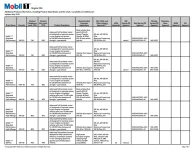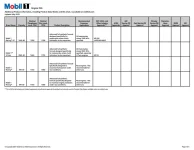VI (Viscosity Index) is a calculated value based on the difference between the 40C and 100C viscosities. It's designed to portray the rate of change of viscosity with temperature. Different base oils have different natural VI's, so for example Group II has a VI below 120.
To increase VI of a finished lubricant, Viscosity Index Improvers (VII) are added to the base oil blend, which increases the 100C visc, pushing it up, while having less effect on the 40C visc, changing that slope and thus increasing the VI. Years ago there was a brief period where oils with extremely high VI's were in vogue. These would be blended with extremely light base oils and with a tremendous amount of VII in them. Presently, there's a crowd on here that likes the opposite approach, oils with a low VI, and thus little VII.
A 0W-40, because it has to meet both the requirements for the 0W-xx Winter rating and the 40 grade at 100C, will have more VII in it than a 0W-16, which has a narrower spread between the Winter rating and the grade. While PAO can do a lot of work in reducing the VII requirements in an oil of this type, ultimately you are still limited by CCS and MRV so your base oil blend will likely be lighter than a 5W-40 for example (not always the case, cost cutting can change that).
If you look at Ravenol's 0W-16, it has a VI of 156, pointing to less VII than Lucas.





